

William Stopford
Every SUV, ute and van discontinued in Australia in 2025
7 Hours Ago

Design Contributor
Daniel Pokorný is a designer from Czech Republic, currently studying at the Academy of Arts, Architecture and Design in Prague.
The Mini City CarSharing is a thesis project designed for the large cities of the future.
The goal was to create a fully-electric vehicle ideal for car sharing fleets, that could be easily cleaned after every use. The design integrates Mini’s values, combining a minimalist and practical interior with a stylish exterior.
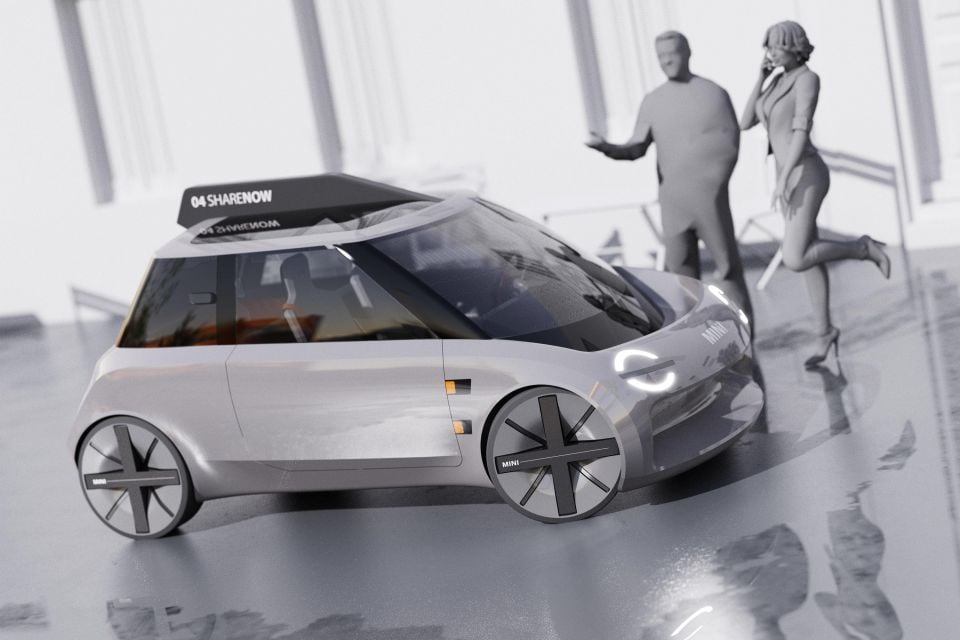
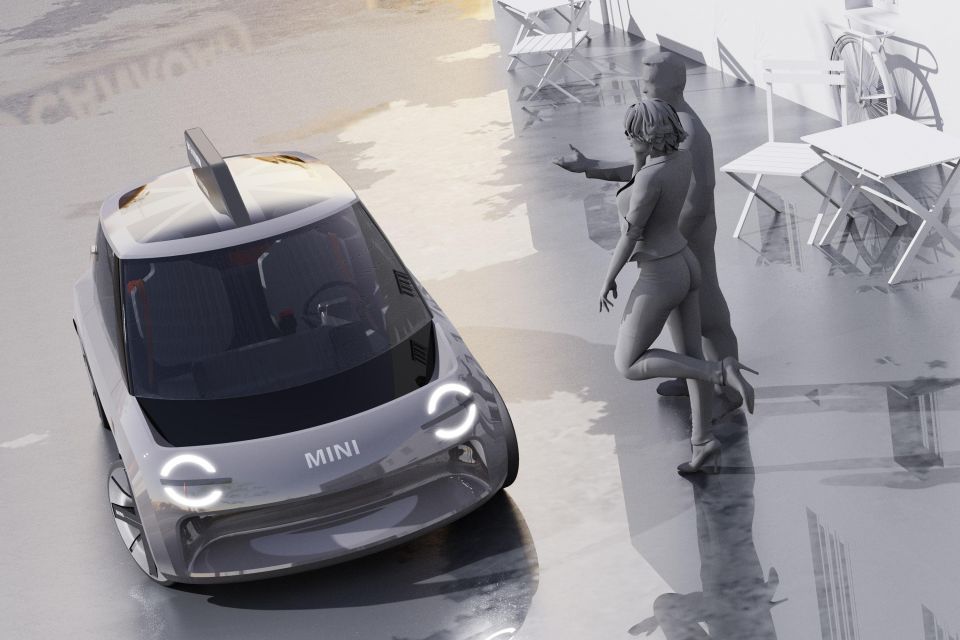
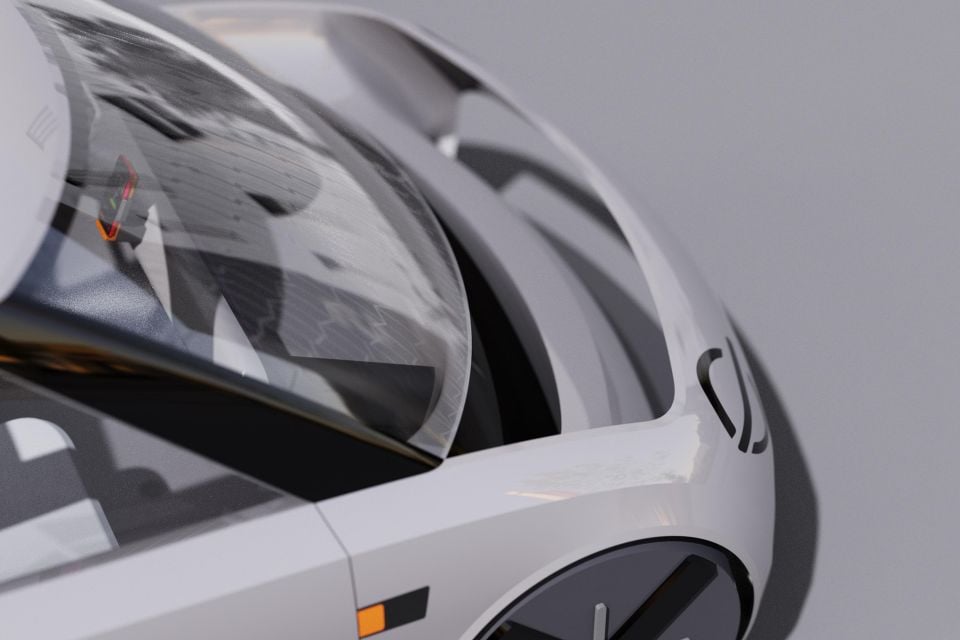
From the first glance, the concept is identified as a Mini thanks to its proportions. It looks quite small – especially by today’s standards – with large windows and quirky design details.
The short bonnet is hollow, allowing the air to enter from the “angry” intake on the lower part of the fully-integrated bumper, and exit above the large windshield through a hole.
The designer calls this a cognitive element communicating the electrified nature of the car. With a nearly nonexistent front overhang, the grill-less face consists of two ring-shaped headlights divided by thin LED stripes, and a Mini emblem.
The heavily reclined windshield is quite large for the size of the car allowing for good visibility, and looks even larger thanks to the black extension at the front.
The black pillars on the profile create a homogenous look for the glass surfaces all around the car, with a floating roof design that is typical of all Mini models.
Speaking of the roof, it features an illuminated fin with the number of the car and “ShareNow” lettering, to make it recognisable as a shared vehicle (something like the New York Cabs) and show if the car is available for use. It also has a panoramic glass roof with a Union Jack background showcasing its proud origins.
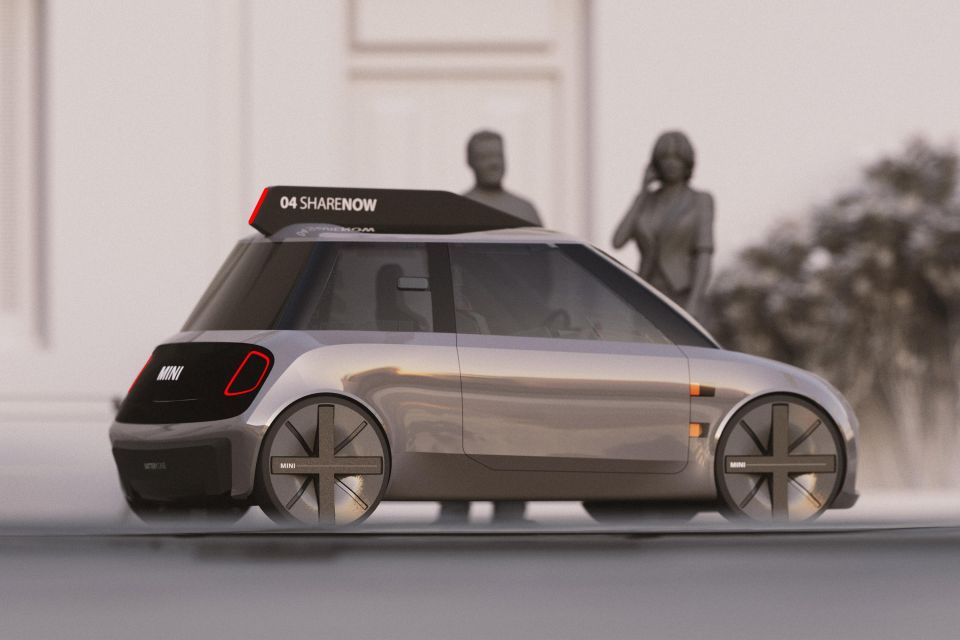
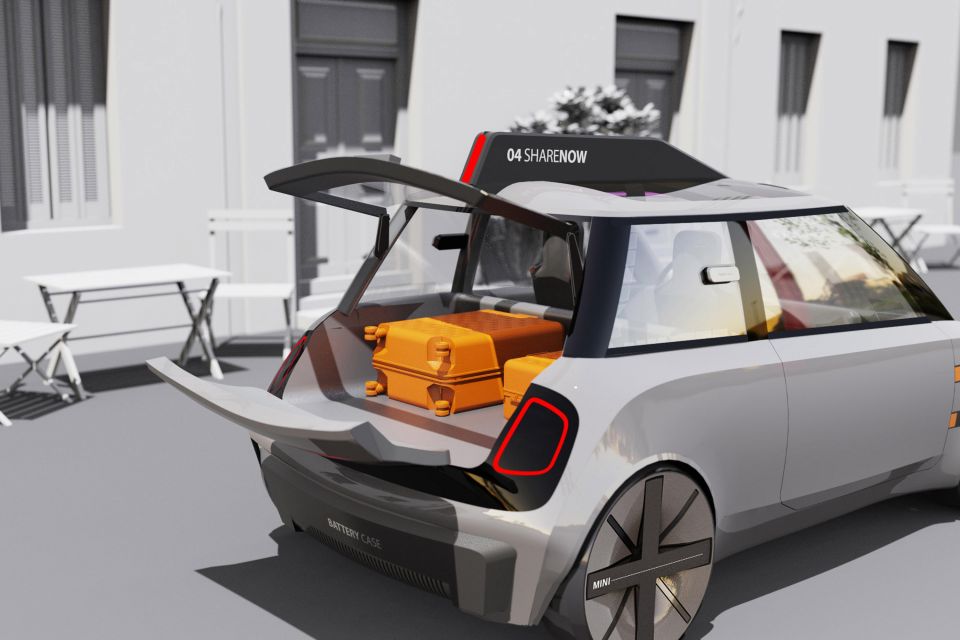
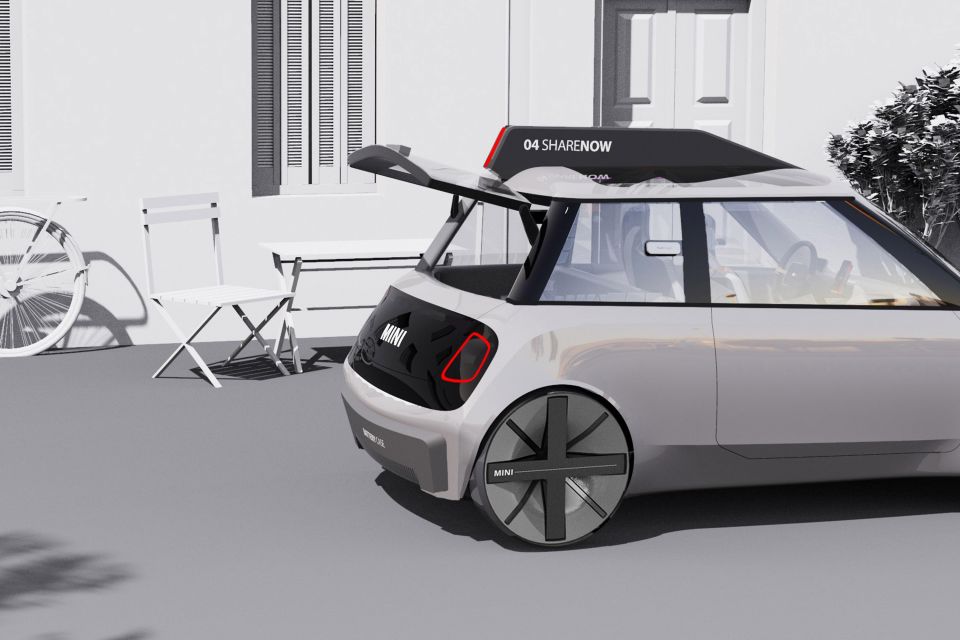
In profile, the unique large diameter wheels with four main spokes resemble the ones on the Mini Electric Concept (2017) and the equivalent production version. Like in every Mini they are positioned in the four corners of the car, with minimal overhangs and a large wheelbase for maximum interior space.
As you can see the car is a three-door hatchback, following the notion that MINI is one of the few remaining automakers still offering this choice for buyers.
The angle of the rear hatch is a nod to the Mini ACV30 concept (1997) and of course to the original (1959). The thin LED taillights have a very “British” shape, framed by a black panel with an illuminated MINI emblem.
The rear hatch consists of two parts, with the rear glass opening upwards – like in the MINI Rocketman Concept (2011) – and the rest opening downwards, allowing for easy access to the luggage space.
Last but not least, the battery is easily removable and replaceable from the back, so the car doesn’t need any off-time for charging.



Stepping inside, you will find a two-seat cabin with plenty of space for luggage in a separate compartment behind the passengers. The focus here is on simplicity and this is evident all around the interior, in a similar manner to the futuristic Mini Vision Next 100 (2016).
The dashboard is actually a shelf, with a two-spoke steering wheel, a small digital instrument cluster and a smartphone dock attached to it. The car identifies the user from his/her smartphone which doubles as an infotainment system.
The lightweight seats are hinged to the sides leaving empty space on the floor.
All surfaces are smooth, blending with the side panels like a bathtub. This metaphor is not accidental, as the whole cabin can be cleaned using steam or water, thanks to a drainage cap in the middle.
There are also UV-C lights on the roof, door handles and underneath the dashboard for quick disinfection between trips.

The Mini City CarSharing is a clever take on the shared mobility of the near future. It could work as a rival to the Citroen Ami (Groupe PSA) and the Mobilize EZ-1 (Groupe Renault), offering an affordable solution for everyday urban commuting.
The designer has done a great job in incorporating the essence of a Mini, without being a retro copy of Alex Issigonis’ original from 1959, nor blindly following the company’s recent design language. It needs refinement in some areas, but is an interesting concept for a student project.
A drawback for the stylish exterior and the beautiful proportions are the potential issues with the packaging and ease of ingress/egress due to the low overall height.
However, the concept has some well thought cleaning solutions that should be handy for fleet use, and it also offers lots of practicality for the size.
If you liked the Mini you can find more of Daniel’s work on his Instagram and Behance profiles.
Disclaimer: The MINI City CarSharing concept was independently designed by Daniel for show purposes as a free-time project, and is not associated with MINI.
Where expert car reviews meet expert car buying – CarExpert gives you trusted advice, personalised service and real savings on your next new car.


William Stopford
7 Hours Ago


Ben Zachariah
8 Hours Ago


Derek Fung
9 Hours Ago


Matt Campbell
15 Hours Ago


William Stopford
1 Day Ago


Josh Nevett
1 Day Ago